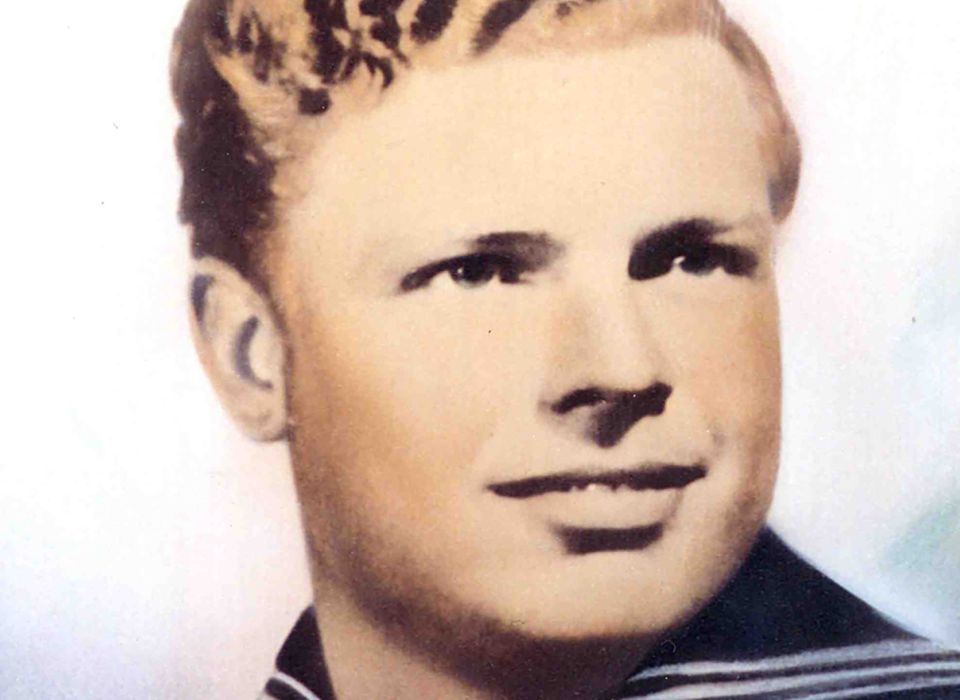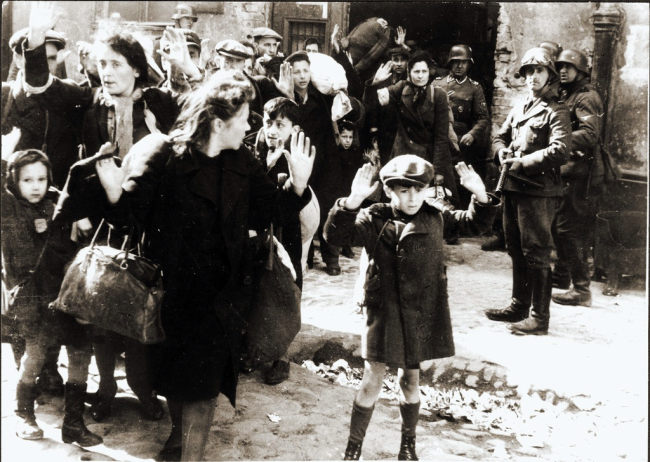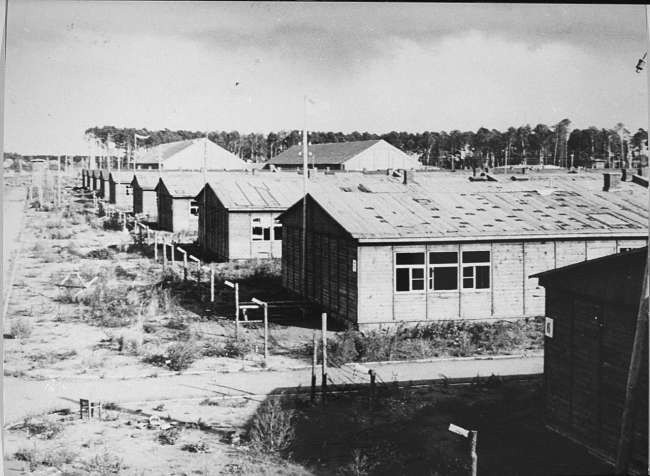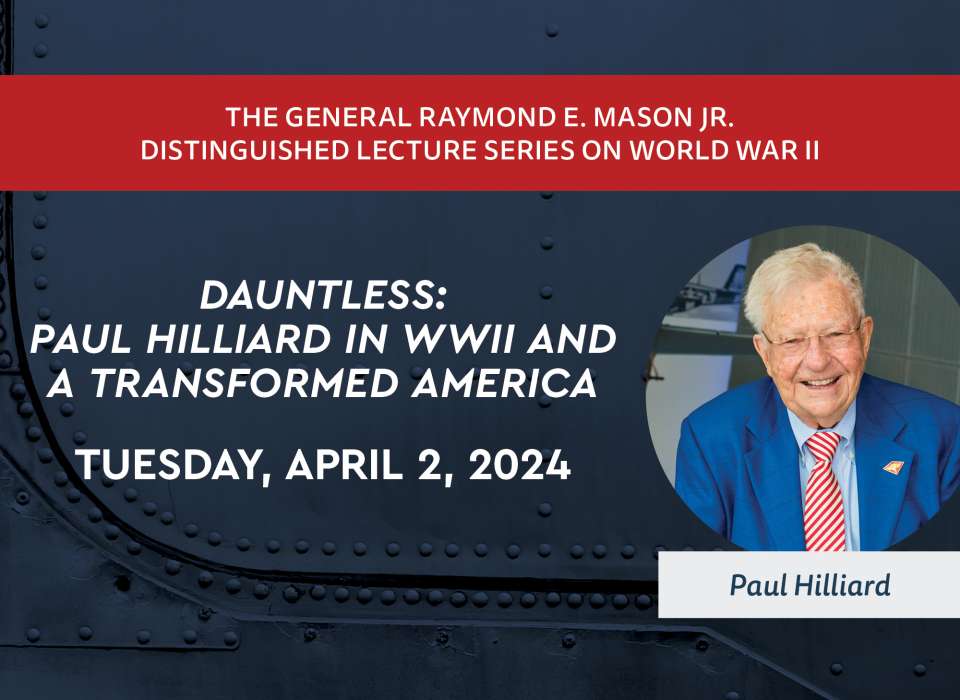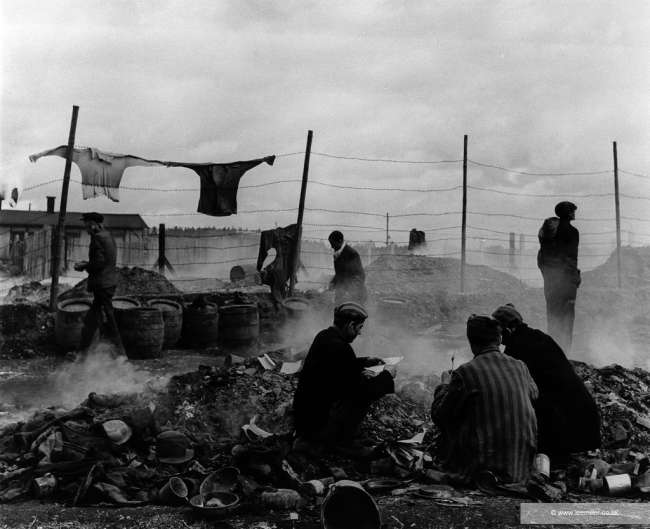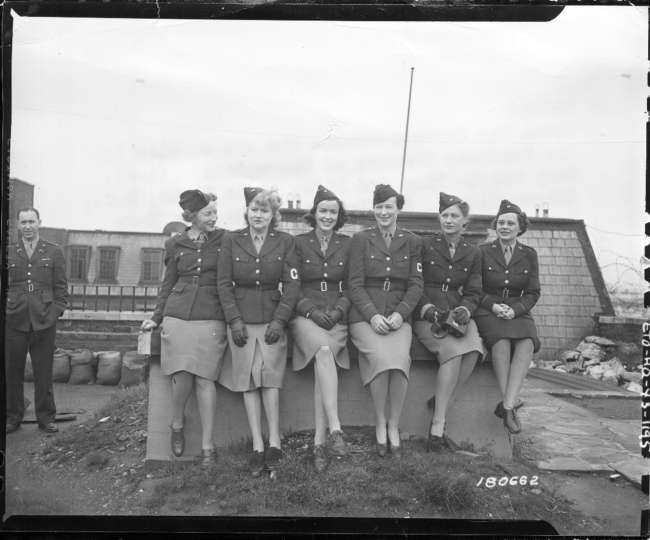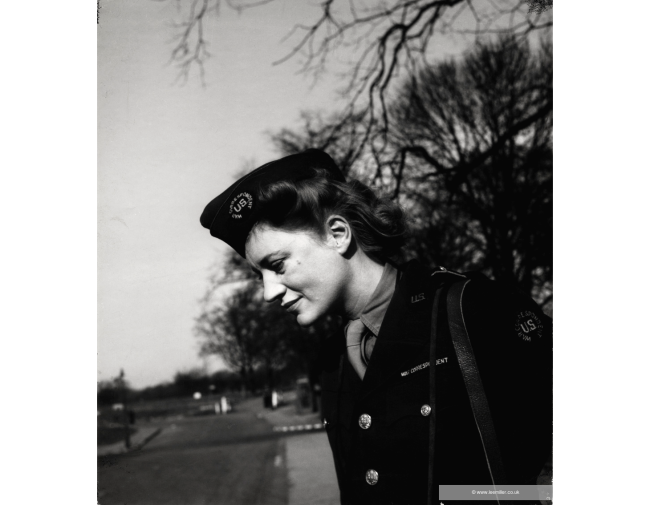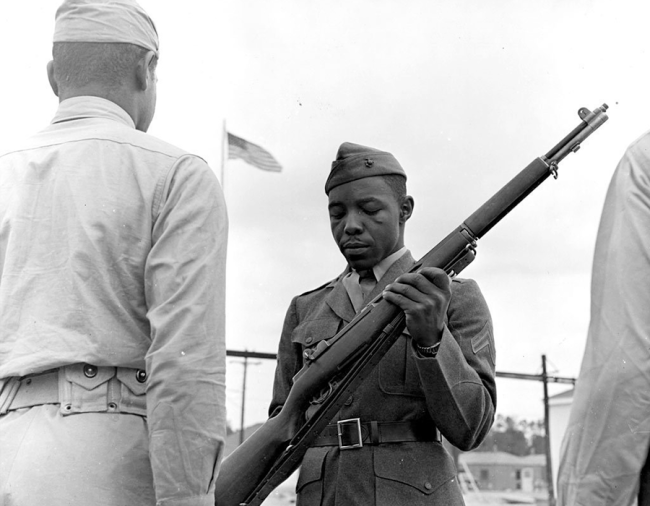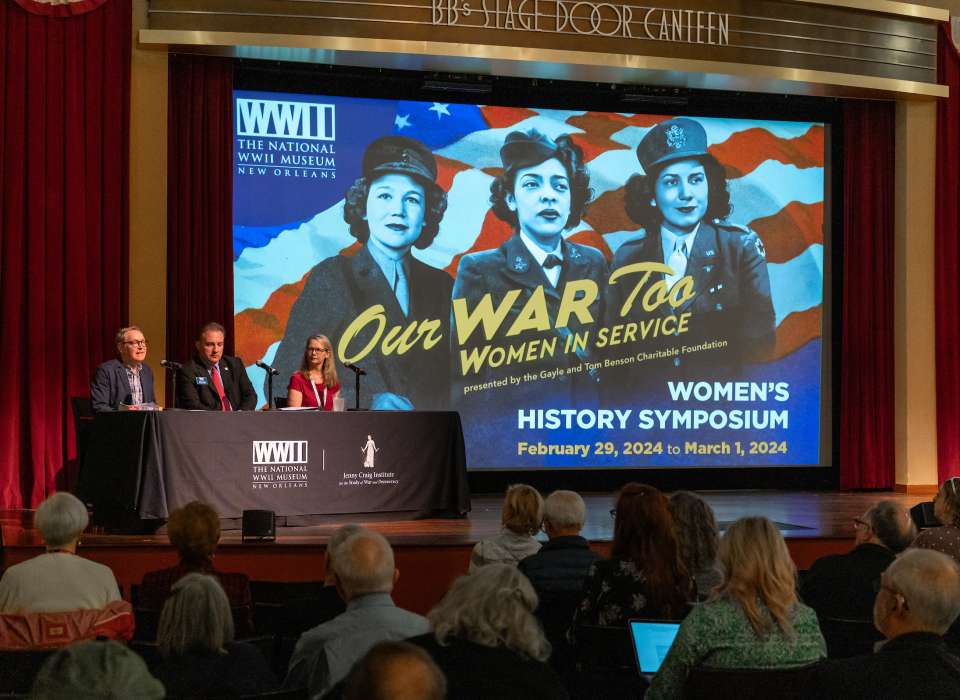Amphibious assaults, a hallmark of the American military during World War II, were not always the massive, famous affairs witnessed near the end of the war. In the early years, they started small. Unlike the thousands of ships and tens of thousands of men at Normandy or Okinawa, the landings near Lae on the eastern coast of New Guinea in September 1943 were simple and modest, consisting of 17,000 troops, mainly Australian, and supported by just 156 vessels.
An effort to reinforce the ongoing landings was even more minuscule, consisting of six lightly armed US Navy landing ships escorted by a raggedy quartet of aging destroyers that were products of World War I. Among the supply ships was the tank landing ship USS LST-473. LST-473’s crew of just over 100 men included a young Texan, Seaman First Class Johnnie David Hutchins. He’d been in the Navy for less than a year and was 21 years old.
Over time, the Allies learned that the success of an amphibious assault sometimes hinged upon who owned the airspace above the landing beaches. During Operation Overlord in 1944 or Iceberg in 1945, there was no question who had the upper hand when it came to scouring the skies for potential threats. At Lae, part of Operation Postern, there was no such domination of the air.
As the supply ships moved closer to Red and Yellow Beaches, Japanese shore batteries opened fire. Soon after, the chaos multiplied with the sudden appearance of enemy combat aircraft. The slow-moving, vulnerable, and heavily loaded LSTs were sitting ducks for the marauding Japanese dive bombers and torpedo planes. Two bombs from plummeting Aichi D3A “Val” dive bombers splashed in the water near LST-473, sending up geysers of spray. Seconds later, two more bombs slammed into the deck of the vessel. They demolished the pilothouse, where Seaman First Class Hutchins was stationed. Most of LST-473’s deck was quickly enveloped by flames as the gas and ammunition she carried for the soldiers on the beach began to burn.
Nearby, LST-471 proved too unwieldy to outmaneuver an aerial torpedo launched from an incoming Mitsubishi G4M “Betty.” The blast mangled her stern and killed 43 troops and crew.
There was another torpedo in the water, this time headed for the stricken LST-473, where Hutchins’s crew was working to save the burning ship. The young sailor’s Medal of Honor citation reads:
“Fully aware of the dire peril of the situation, Hutchins, although mortally wounded by the shattering explosion, quickly grasped the wheel and exhausted the last of his strength in maneuvering the vessel clear of the advancing torpedo.”
In his book MacArthur's Amphibious Navy, author Daniel Barbey writes: “He died with his hands on the wheel.”
Eight months later and a world away, a Navy photographer visited the Hutchinses’ modest cottage in Lissie, Texas, to capture images of the departed hero’s family in April 1944. His father and mother stand near their front porch with Johnnie’s surviving siblings: Fay Etta, Elizabeth, Elsie, Harold, Myrtle, and Marion. No one smiles. The loss of the Hutchinses’ eldest son was devastating, but Johnnie’s moment of bravery almost certainly saved other parents and siblings from experiencing that same loss in the fall of 1943. In fact, Hutchins’s sacrifice continued to endure, in the vessel that he helped save that day off Lae.
In those days, before US industry was regularly churning out combat vessels at maximum capacity to flood the Pacific with fighting ships, stricken LST-473 was towed to safety and rebuilt, thanks to Hutchins’s last deed. Like the proverbial bad penny, the repaired LST-473 showed up in the face of Japanese occupiers again and again. In 1944 and 1945, the vessel delivered thousands of men and hundreds of thousands of pounds of equipment in the Philippines: first at Leyte, then Luzon, later near Manila, and again at Mindanao. All of this would have been impossible should the history of 473 have ended in shallow waters off Lae’s Red Beach. It would have never happened if not for Hutchins’s selfless last actions to save his ship and his comrades.
The Hutchins family contributed to the war in the Pacific in another way, too. Just six days after that family photo was taken at the Hutchins home in Lissie, Johnnie’s mother made the 180-mile trip to a shipyard in Orange, Texas. It was there that she crashed a bottle of Champagne over the prow of a new destroyer escort named USS Johnnie Hutchins (DE-360) on May 2, 1944. It was the first of three destroyer escorts launched that month at Consolidated Steel Corporation. The USS Johnnie Hutchins, too, would see action off the Philippines and Okinawa in 1945.
Today, the Medal of Honor bestowed upon Hutchins’s family for their son’s bravery, selflessness, and sacrifice resides within the Richard C. Adkerson & Freeport-McMoRan Foundation Road to Tokyo: Pacific Theater Galleries, here at The National WWII Museum.
